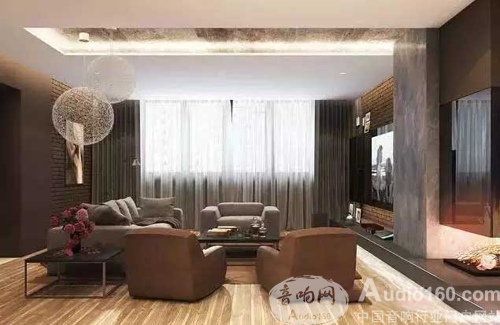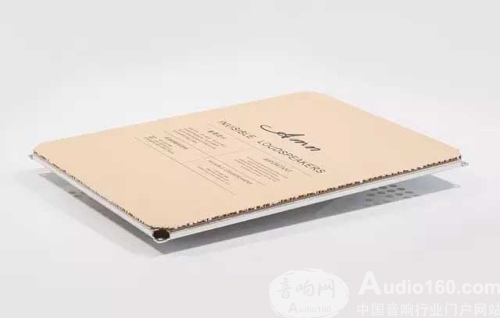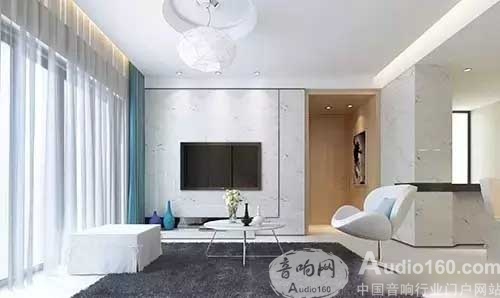Living room theater also needs professionalism, three key issues must be noted
Whenever a market begins to expand rapidly, it will inevitably be mixed, and many of them will be very casual in order to quickly get a slice of the market from the practitioners. What I often hear is that since it is a home theater in the living room, it is mainly functional, and it does not need to be as professional as an independent space. But is this really the case? Let us try to analyze the three major pain points facing the living room theater:

Pain point 1: the listening environment of the living room theater is more complicated
From the perspective of professional audio-visual room construction, the acoustic transformation schemes used according to different spaces are different, but in fact, it is very difficult to adopt effective and effective acoustic reconstruction schemes in the open space such as the living room, because many people may not know most of them. Acoustic models are based on the fact that the room is a regular rectangular and closed foundation. Once an open and irregular space like the living room appears, it will bring a lot of acoustic problems.
Under the premise that the acoustic problem in the living room is difficult to rely on the sound field transformation, the audio-visual engineer should select the speaker with strong environmental adaptability as the basis of the audio solution, select the matching power amplifier and subwoofer, and respond to different living room environments and structures. A reasonable layout of the device (especially the layout of the speakers) can make a living room cinema audio design.

Of course, if you choose a sound device specifically for the living room theater, you can reduce the dependence on the environment. As the leading brand of invisible audio, Amina has taken into account the application of the living room theater at the beginning of product development, so that a lot of efforts have been made in design and function to make the sound more suitable for the living room theater environment. Amina's invisible sound is not only thin to the body, it can be installed in the wall and ceiling, avoiding the problems of occupying the living room space, destroying the decoration style of the living room, and using the sound source to make the sound more uniform and less loss in the air. Regardless of the layout of the living room, it is possible to create a stereo sound field throughout the room to achieve high-definition original sound reproduction. The acoustic dilemma of the living room theater is greatly alleviated.
Pain point 2: The lighting conditions in the living room theater are more complicated

Because the living room theater is located in the living room, the lighting conditions are also important issues to be considered. In the combination of the two major systems of audio and video, which are important for the theater, the lighting conditions have a great influence on the performance of the video system. As we all know, the living room in the living room is basically designed with large-scale floor-to-ceiling windows to ensure sufficient sun intake. At the same time, because the living room is generally the main activity and meeting area of ​​the family, the gorgeous crystal chandelier is also a common design.
The video design of the living room theater is different from the video design of the basement. Basically, there are three types of solutions to choose from. One is to use a traditional large-size LCD TV, the other is to use a combination of a projector and a projection screen, and the third is to use a laser TV or Super investment TV. As far as consumers' sensory needs for cinemas are concerned, most consumers tend to choose the latter two, because the screen sizes of the latter two are relatively larger, which makes the viewing effect better.
But in fact, in addition to LCD TVs, the latter two solutions are also very professional. The first is to choose a projector or a super-projection TV program. It is not based solely on the consumer's own preferences, but on the original lighting conditions and consumer viewing habits. If the consumer's original lighting is good, I don’t like to watch movies with curtains. Basically, I can’t expect to use traditional projector solutions. Secondly, the size of the screen is not blind. The bigger the better, because the horizontal and vertical angles of the consumer’s viewing are taken into consideration. It is necessary to go through professional calculations to know the best size, of course, the auxiliary sofa distance, the screen suspension height, etc. are also professionally calculated.
Pain point three: the decoration conditions of the living room theater are more complicated

I have seen some of the unprofessional companies provide customers with a living room cinema solution, and not to mention the effect, the beauty has disappeared, the consumer is clearly a Baroque style decoration, but suddenly appeared in the background wall A few modern speakers, or a black lacquered projector hanging in front of a gorgeous crystal chandelier, are undoubtedly a big sight.
Therefore, for audio and video engineers, of course, you should first choose a speaker device that is easy to hide. It is best to hide it completely in the wall or on the ceiling. The projector is not easy to hide when it is used because of heat dissipation. It can be hidden without using it, and the placement and size of the curtain should be combined with the design of the background wall in the home improvement design. Therefore, the audio-visual engineer should have a deep understanding of the genre and style of the decoration design, and at the same time the decoration process. Have a good understanding of the craft, in order to satisfy consumers with a professional home theater in the living room without losing the beauty of the original living room.
Indoor Antenna for TV ,Indoor Antenna Walmart,Indoor Antenna Best,Indoor Antenna for Router ,Indoor Antenna for Booster
Yetnorson Antenna Co., Ltd. , https://www.yetnorson.com